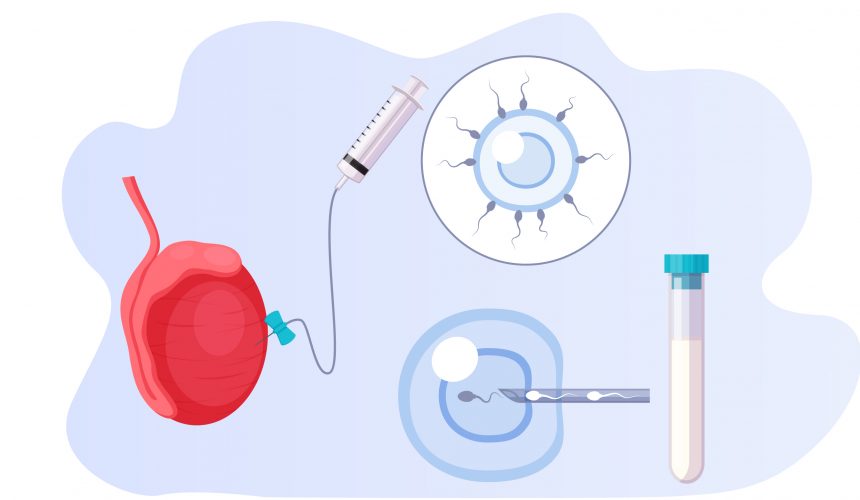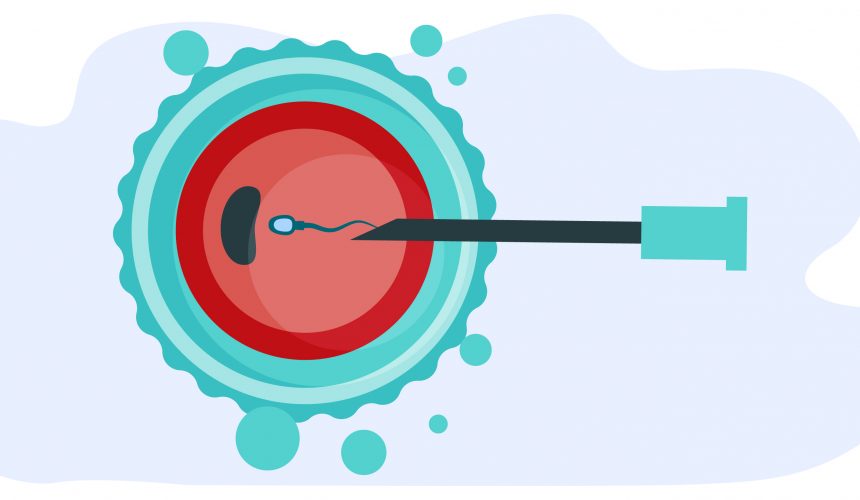In some cases that cause azospermia in men, the problem can be solved by surgery. For example, in cases of blockages of reproductive channels or in cases of large varicocele, eliminating these problems can lead to reproduction. But today, instead of such surgical procedures, it is preferred to use methods of obtaining sperm from the testicle. If a man does not have any sperm in his semen sample (azoospermia), in this case, microinjection cannot be applied directly. Although sperm cannot be removed from the outside in men with this condition, there is a possibility of sperm being found in testicular...
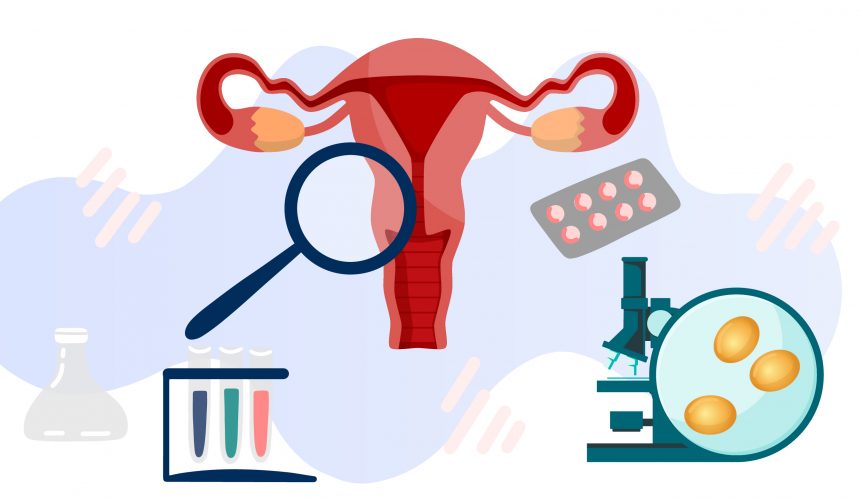
Menopause
It is defined as the fact that a woman does not menstruate for 1 year from her last period and occurs on average around 50 years of age. However, the period that begins before the cessation of women’s menstruation and includes the aftermath is defined as climacterium. In this process, women’s reproductive abilities are reduced and lost due to decline in ovarian function. The climacteric period usually begins between the ages of 45-50 (pre-menopausal period) and continues until about the age of 65 (post-menopausal period). The most important event observed during this transition period is the cessation of menstruation, i.e....
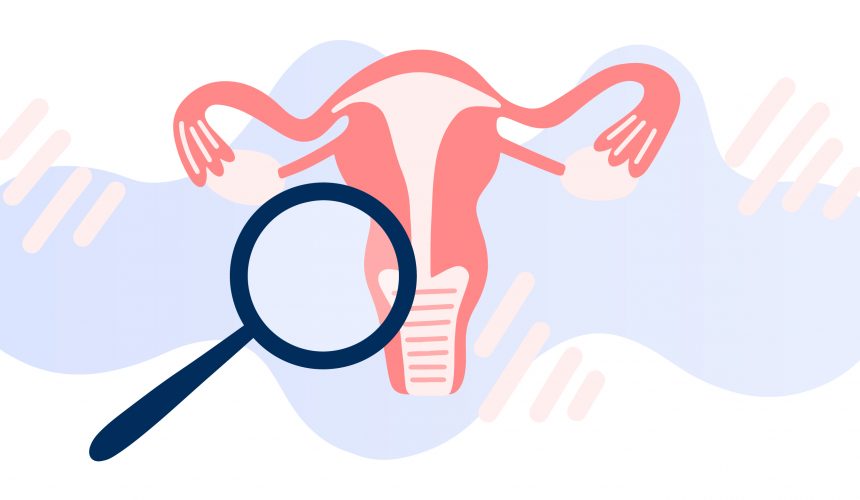
Gynecological Problems
Genital organs are not only of symbolic importance from the point of view of women, but also very important in terms of sexual and reproductive functions and in terms of their overall health. For this reason, gynecological problems that can occur throughout her life, starting from childhood, are accompanied by important problems and concerns about the woman’s self-concept, reproductive ability and sexual life. The most common gynecological problems of women and the reasons for applying to the doctor; menstrual irregularities and abnormal bleeding, vaginal discharge and itching, pregnancy and pregnancy complications, infertility, and choosing methods for prevention and related complications,...
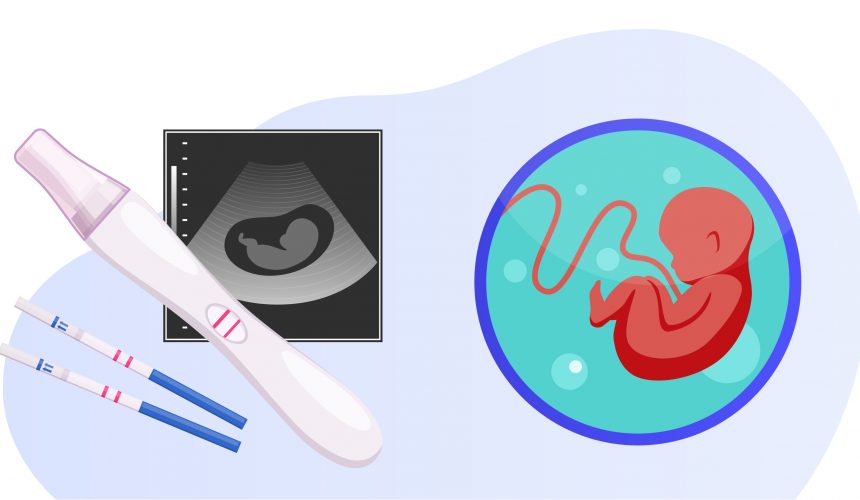
Pregnancy and Childbirth
Pre-conseption care and preparation for pregnancy The pregnancy process, which ends with both a healthy mother and a healthy baby, actually begins with pre-pregnancy care. This period, briefly called preconceptional care, has extremely important effects on the health of a couple planning a pregnancy and a planned pregnancy. If there are bad habits such as smoking, alcohol, drugs in this process, it should be abandoned, excessive caffeine intake should be avoided, and attention should be paid to nutrition. Both excess weight and being below the ideal weight can prevent conception and threaten the health of the mother and child during...
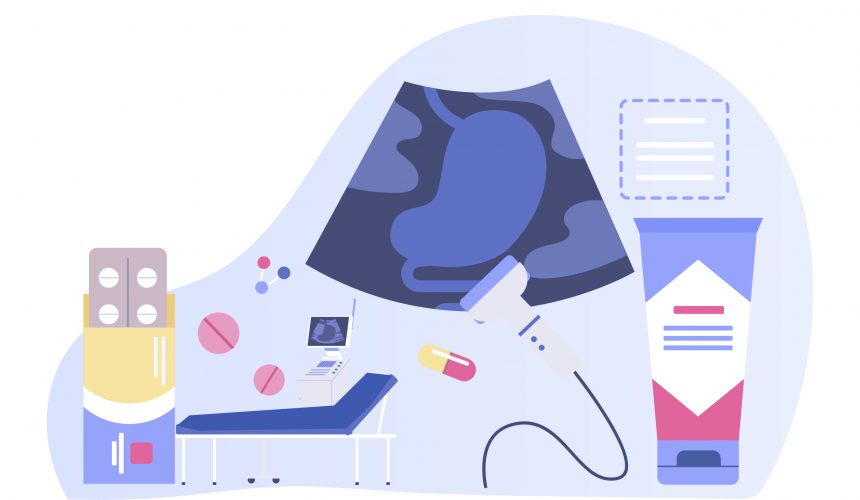
Hysteroscopy
Hysteroscopy is a method that enables to examine the intra uterine (uterine cavity) with the help of optical tools. In hysteroscopy, as in laparoscopy, an illuminated – optical system called a telescope is used. CO2 or special fluids are introduced from the cervix through a hysteroscope, so that one of the walls of the uterus is separated from the other. Direct imaging of the structures in the expanding uterus is provided by hysteroscopy. Hysteroscopy can be used for diagnostic purposes (Diagnostic Hysteroscopy) or for treatment purposes (Operative Hysteroscopy). 1-Diagnostic Hysteroscopy; It is a procedure that can usually be performed without...
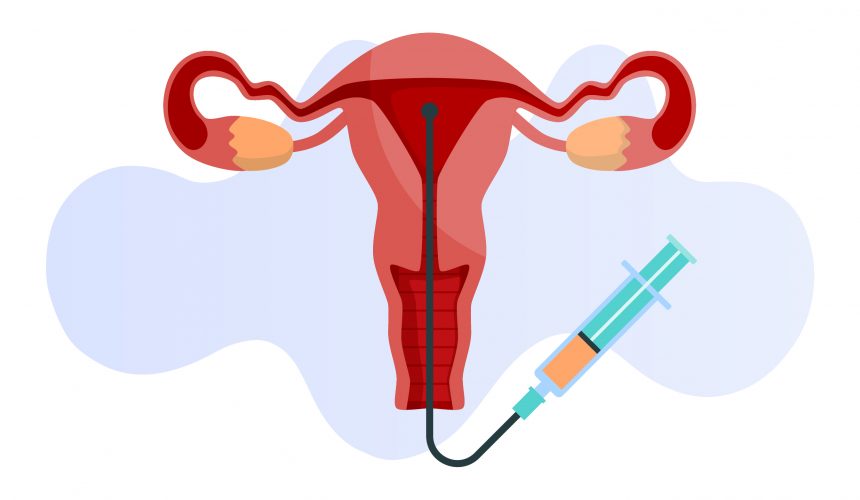
Insemination (IUI)
This procedure, known as intrauterine insemination,or IUI is the first preferred technique when the anatomical structure of the cervix or cervical secretion is not suitable, the male-related problem is mild, ovulation is not available or inadequate in women, unexplained infertility, endometriosis, immunological infertility, sexual dysfunctions. It is a practical, easy-to-apply and economical method. In general, it is decided that this treatment is unsuccessful after 2-3 applications. But there are also centers that extend this treatment up to 6 trials. Before this application, it is necessary to show that at least one tube is open in the woman. After the egg...
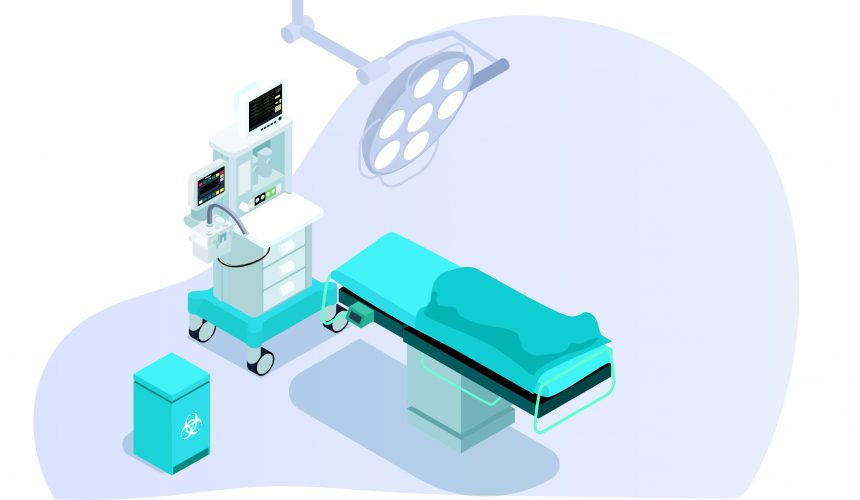
Laparoscopy
Examination and ultrasonography of the lower abdomen (pelvis) of the woman provide us with important information about the causes of infertility and gynecological diseases, but not all these problems can be detected only by examination and ultrasonography. In this case, endoscopic methods such as laparoscopy and hysteroscopy can allow a direct view of the pelvic organs and allow diagnosis. Both procedures have been part of infertility reviews. They can only be used as a diagnostic tool, or they can also be used for operative treatment. Laparoscopy is the process of examining the abdominal cavity and uterus, fallopian tubes, ovaries and...

Ovulation Induction
It is a form of treatment used in vaccination (IUI) and all other Assisted Reproductive Treatment Methods (In Vitro Fertilization, Microinjection) in which an attempt is made to increase the chance of pregnancy by providing the development of more than one egg (Controlled Ovarian Hyperstimulation) in women who do not ovulate or who ovulate irregularly (ovulation induction) or women with ovulation (Controlled Ovarian Hyperstimulation). For this, various drugs are used that stimulate the ovulation process. These drugs are continued until the sacs (follicle) containing the eggs reach a certain size (18-20 mm), and the patient is followed up with...
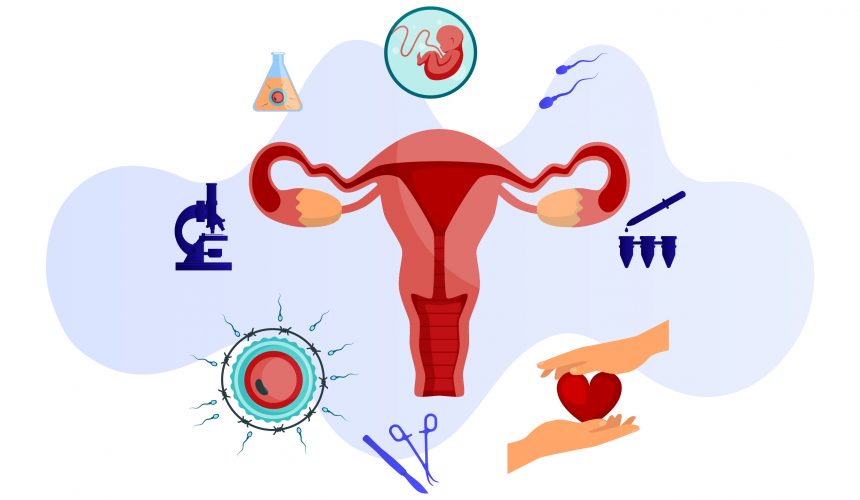
In Vitro Fertilization (IVF)
IVF is never a cure for miracles. Many meanings are loaded in both written and visual media and social media besides the values that should have IVF application. Since the chance of pregnancy is not 100%, stubborn and wrong campaigns are organized for patients who cannot conceive and in a sense hope is being trafficked. The day doesn’t go by that there’s no mention of miracle treatments for IVF on TV, newspapers, social media. Many methods such as embryo glue, pregnancy vaccine, chip technology, stem cell, precursor sperm cell use (ROSI) etc. are actually only at the research level and...
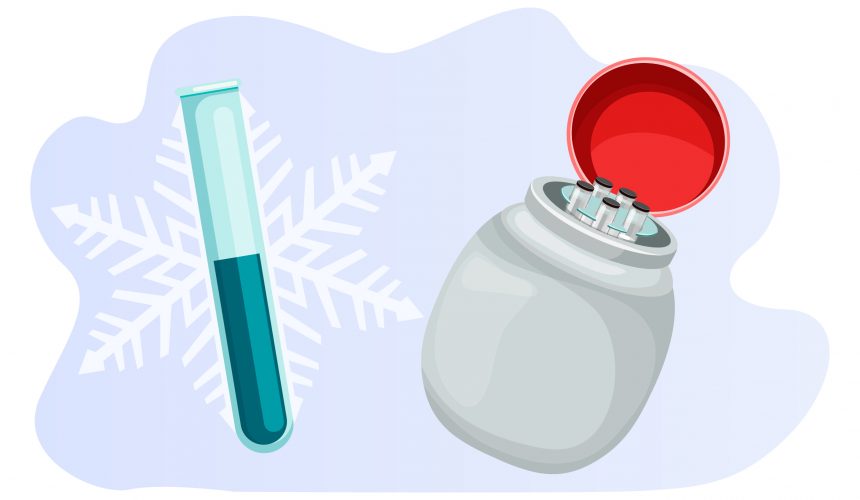
Embryo, Sperm and Egg Freezing
Embryo freezing: A successful IVF center must have a successful embryo freezing program to protect all the obtained embryos, and provides very important advantages to the patients and offers new pregnancy chances. After 1 or 2 embryos have been transferred to you in embryo transfer, if there are still good quality embryos left behind, these embryos can be frozen and stored, and if you cannot be pregnant or want to have children again in the future, these embryos can be thawed and transferred to you again. Sometimes the embryo freezing process is needed for medical reasons; in cases where the...


